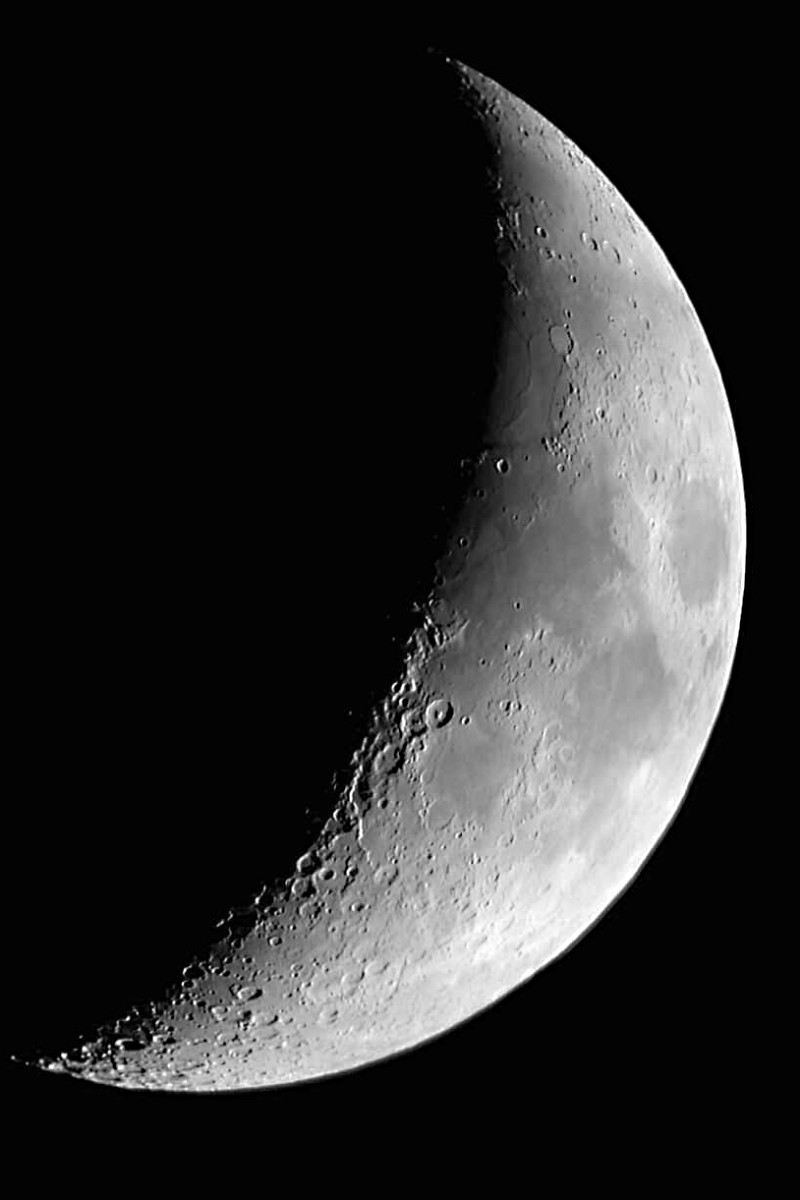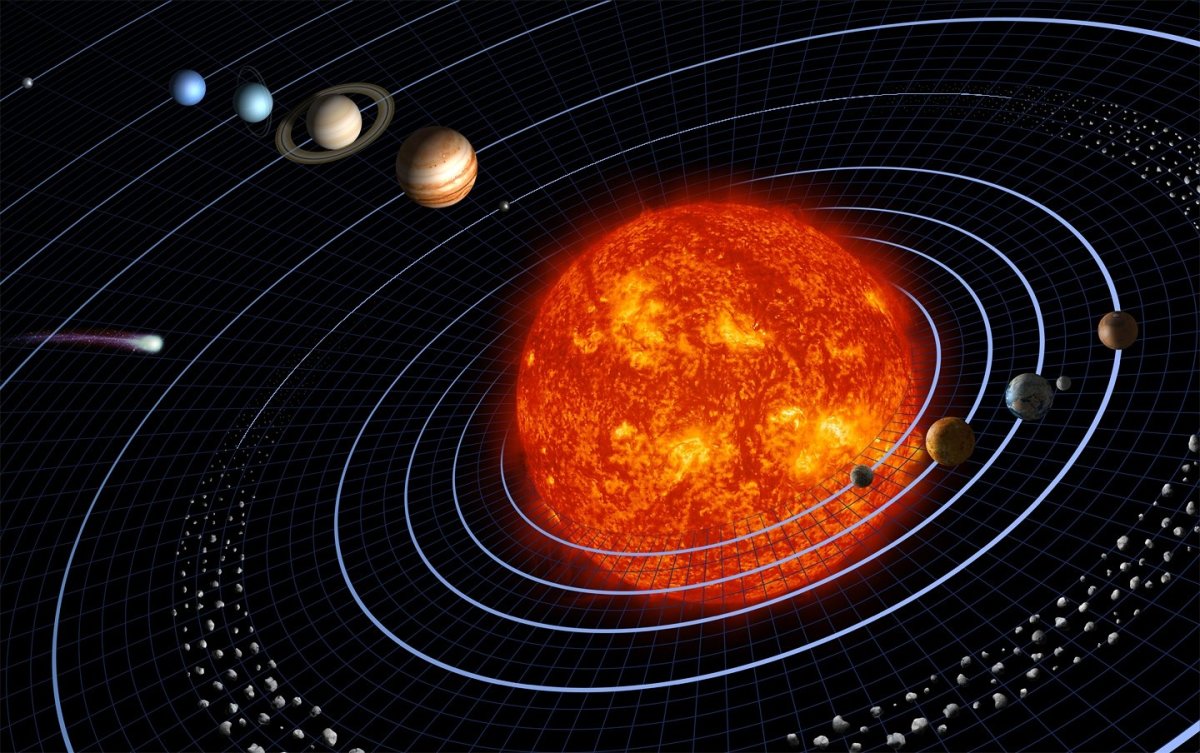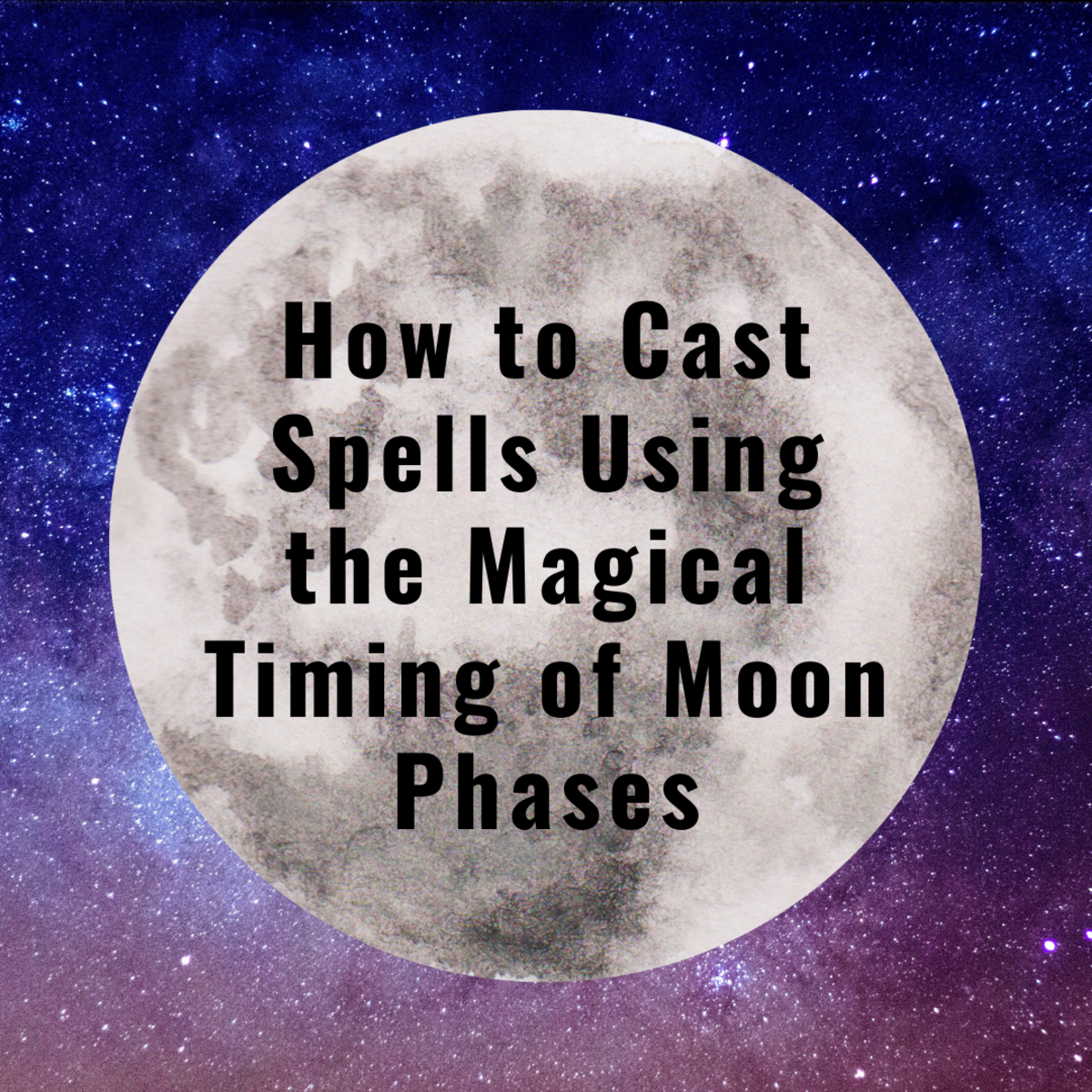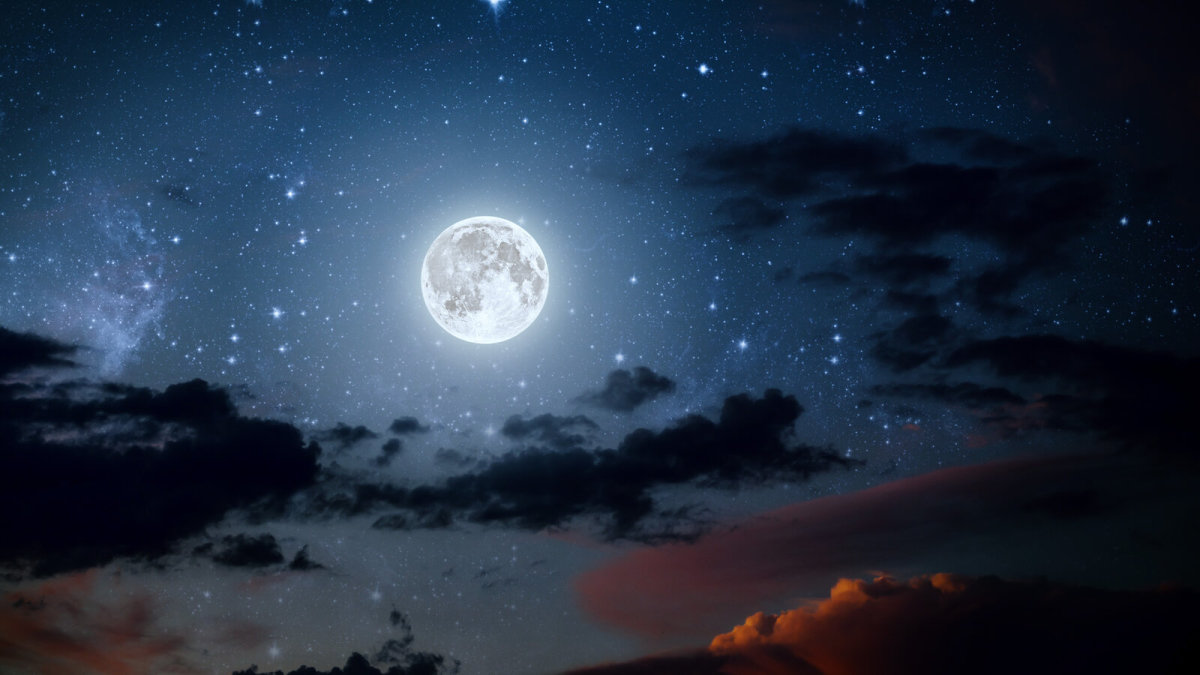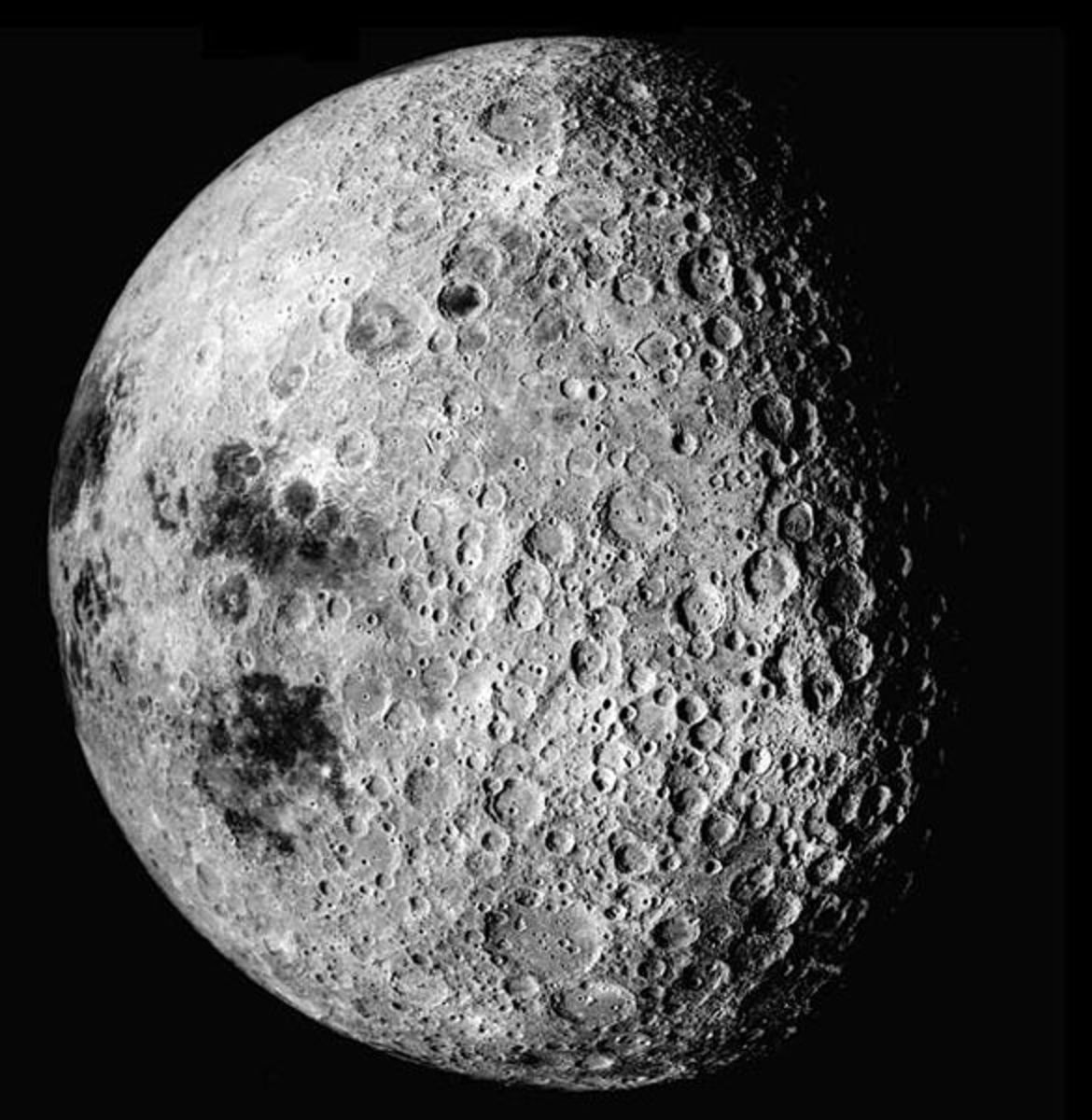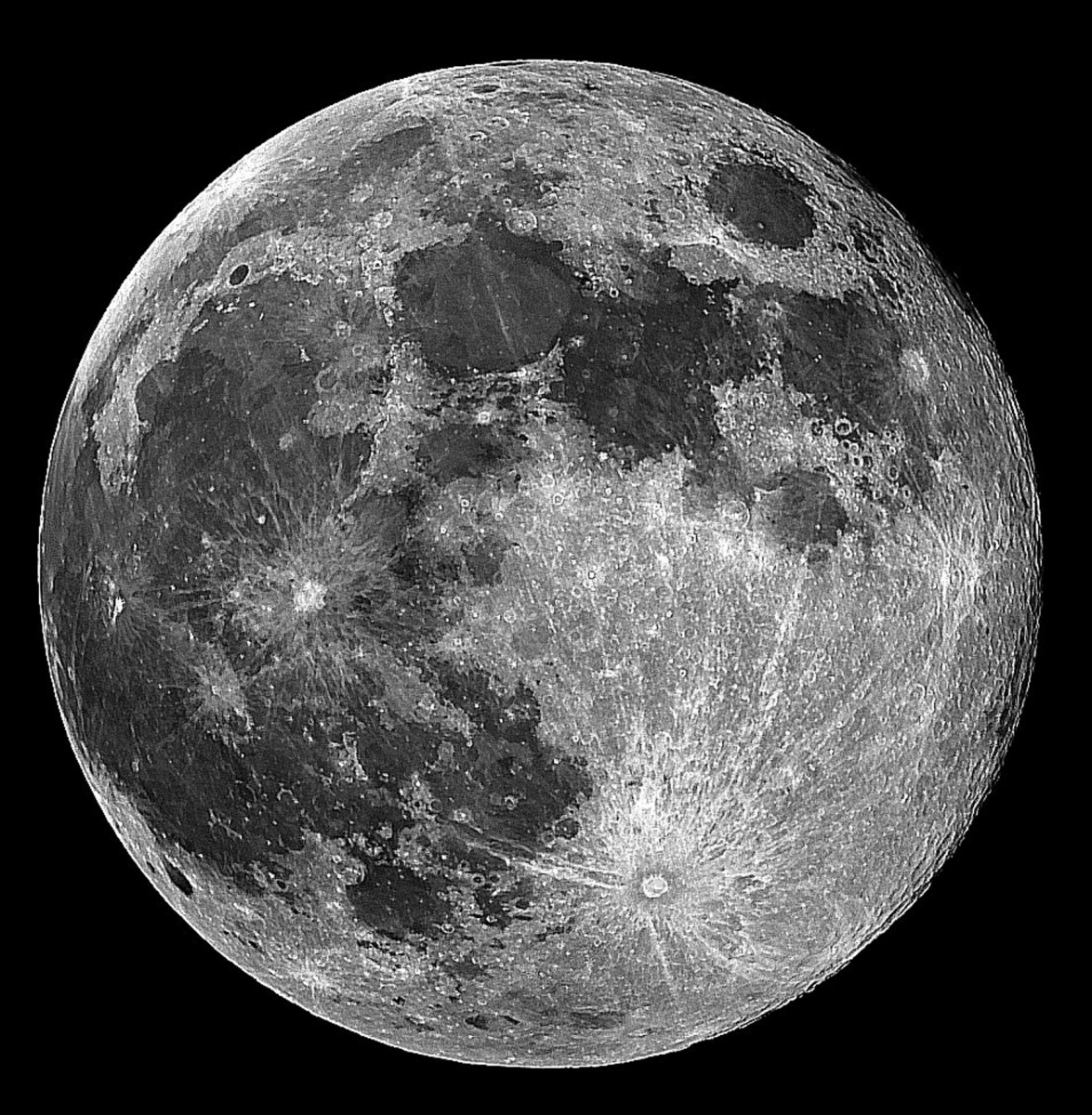Why Full moon is brighter in winter than in summer?
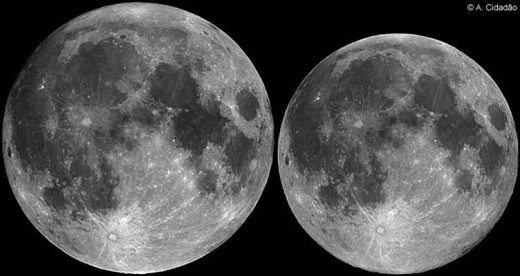
The moon is not a self luminous body. It shines in the light it receives from the sun. The moon reflects only 12% of the light it receives from the sun. The moon light takes 1.29 seconds to reach the earth from the moon. (The sun light takes about 8.33 minutes to reach the earth from the sun) The full moon is nine times brighter than the half moon, gibbous.
On a clear night when the moon is crescent, the remaining portion of the moon’s disc is faintly visible. This is a consequence of the earth acting as a moon to the moon. The dark part of the moon’s disc does not receive light directly from the sun but receives the light reflected by the earth. This phenomenon is called the earth shine.
Suppose you are in the northern hemisphere of the earth, that is, above the equator. During winter, the declination of the sun is negative so that the declination of the full moon is positive. So the zenith distance of the winter full moons are smaller. That is, the meridian altitudes of full moons are high in winter, and low in summer. Any celestial object is brightest when it transits near the zenith. Hence the full moons in winter are brighter than the full moons in summer in the northern hemisphere of the earth.
- Horns of the moon tell your day
From new moon to full moon, the moon is said to be waxing and from full moon to new moon, it is said to be waning. Without referring the calendar, by watching the crescent moon on the night sky, we can...
- Water on Our Moon
Finally we find water on Moon, our closest neighbour. Indias maiden lunar mission, Chandrayaan-I has found evidence of water on the moon. The moon has distinct signatures of water top American...
Rising Sun/Moon is oval in shape
- http://hubpages.com/hub/Astronomy_chips
The shape of the disc of the sun or full moon at rising or at setting is oval (elliptical) Light from the sun or moon after travelling through vacuum enters into our atmosphere. As light passes from...


